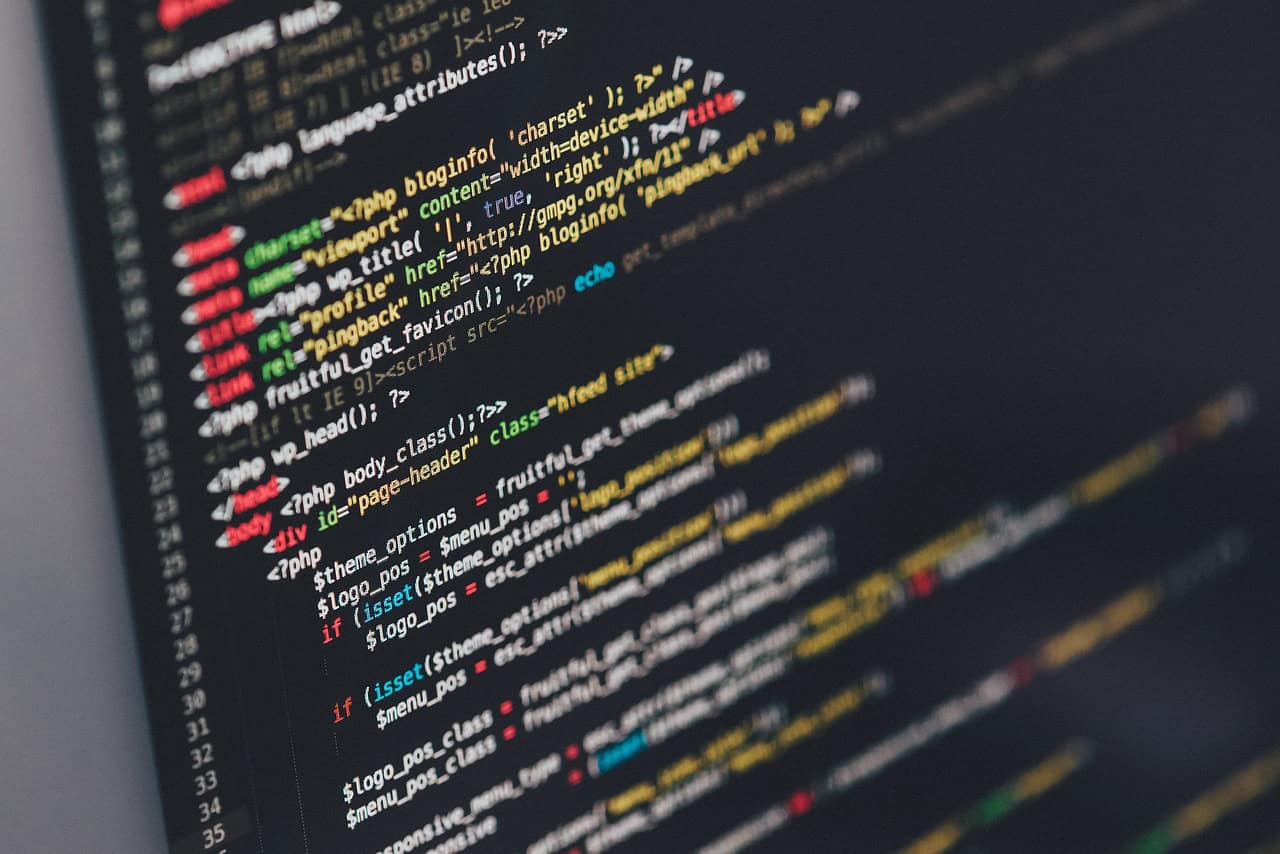Getting Started with Python Web Development
Python web development has emerged as one of the most sought-after skills in the tech industry today. Its accessibility, scalability, and the plethora of frameworks available make it a popular choice for developers. In this comprehensive guide, we will delve into the basics of Python web development and help you kickstart your journey into coding dynamic web applications.
Why Choose Python for Web Development?
- Maturity and Security: Python’s long-standing presence in the tech industry ensures its maturity and reliability, making it perfect for web applications.
- Large Developer Community: With one of the largest communities, Python developers can easily find support, resources, and libraries to assist in their projects.
- Versatility: Beyond web development, Python is widely used in data science, AI, and other fields, enabling developers to expand their skills.
- High Salaries: Python developers often command high salaries, making it a lucrative career choice.
Key Steps to Get Started with Python Web Development
- Install Python: Download the latest version of Python from the official website and install it on your machine.
- Choose a Web Framework: Explore popular frameworks like Django and Flask based on your project requirements.
- Set Up a Development Environment: Create a dedicated folder for your project and use
venvto set up a virtual environment. - Install Framework and Dependencies: Activate your virtual environment and use
pipto install the necessary packages. - Project Initialization: Follow your chosen framework’s documentation to initialize a new project structure.
- Configure Settings: Edit the configuration files to adjust settings, such as database connections and security options.
- Define Models: Define the data structure and relationships using models appropriate for your framework.
- Create Views and Templates: Develop views that handle the logic and templates that structure your web pages.
- Define URL Routes: Map incoming URLs to specific views for handling requests.
- Handle Forms and User Input: Implement forms to collect user input and process that data accordingly.
Popular Python Web Development Frameworks
Django
Django is a high-level framework that promotes rapid development and clean, pragmatic design. It is ideal for complex, data-driven applications.
Flask
A lightweight and flexible framework, Flask is great for smaller projects or microservices, providing simplicity and customization options.
Pyramid
Pyramid can be used for both small and large applications, known for its flexibility and scalability.
FastAPI
For those interested in building APIs, FastAPI makes it easy to create high-performance APIs with Python.
Additional Tools and Libraries
- Virtual Environments: Use
venvto manage dependencies effectively. - Testing Frameworks: Incorporate tools like
unittestandpytestto ensure code reliability. - Deployment Tools: Use platforms like Render for an easy deployment process.
- Database Libraries: SQLAlchemy simplifies database interactions with Python.
Conclusion
Python is an outstanding choice for web development, blending versatility, a stable environment, and a thriving community. By following the steps outlined in this guide and choosing the right framework, you can build scalable solutions and elevate your development skills. Embrace the world of Python web development and start your coding journey today!
Further Reading
Python Web Development Projects and Real-World Applications
Key Projects
- Blog Application: Build a blog using Django or Flask that allows users to create, edit, and delete posts. This project will help you understand CRUD operations and user authentication.
- RESTful API: Develop a RESTful API using FastAPI that serves data from an SQLite or PostgreSQL database. This project will dive into API endpoints and data serialization.
- E-commerce Website: Create an online store using Django, integrating features such as product listings, a shopping cart, and user accounts to manage purchases.
- Personal Portfolio: Design a personal portfolio website using Flask where users can view your projects, contact information, and resume.
Python Code Examples
Blog Application – Simple CRUD
# Example of a simple view function for creating a blog post in Flask
from flask import Flask, request, redirect, url_for
from models import db, BlogPost
app = Flask(__name__)
@app.route('/post', methods=['POST'])
def create_post():
title = request.form['title']
content = request.form['content']
new_post = BlogPost(title=title, content=content)
db.session.add(new_post)
db.session.commit()
return redirect(url_for('index'))
RESTful API Example – FastAPI
# Example of a simple FastAPI endpoint for fetching items
from fastapi import FastAPI
app = FastAPI()
@app.get("/items/{item_id}")
def read_item(item_id: int):
return {"item_id": item_id, "name": "Item Name"}
Real-World Applications
Python web development is widely used across various industries. Here are some of its applications:
- Content Management Systems: Frameworks like Django and Flask are used to develop custom content management systems for blogging platforms and news sites.
- E-commerce: Websites such as online retail stores leverage Python for backend development, handling complex transactions, inventory management, and user data.
- Social Networking: Python’s flexibility allows developers to create social networks that include features like user profiles, messaging, and notifications.
- Data Analytics Platforms: Many startups build web applications for data visualization and analysis using Python web frameworks integrated with data libraries.
Next Steps
Now that you have a solid understanding of Python web development, it’s time to take your skills to the next level. Start by
exploring more complex projects utilizing Django or Flask to create dynamic applications. You can also look into learning
advanced deployment techniques to ensure your projects are robust and scalable.
Consider collaborating on open-source projects or contributing to communities to gain real-world experience.
Don’t forget to check out additional resources, such as our guide on framework best practices and other in-depth articles to further enhance your knowledge in
Python web development.
